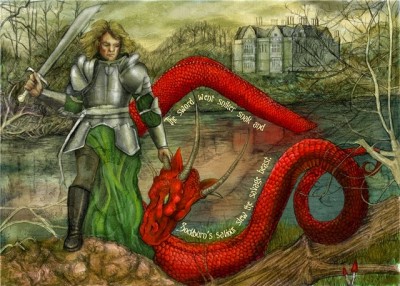One of the single most destructive worms in the world of cotton farming is the bollworm or the pink bollworm. Also called “pink cotton bollworm,” the bollworm is actually the larvae of a moth. Not only does the bollworm attack cotton with a vengeance, it will also attack alfalfa, beans, corn, flax, peas, soybeans, tomatoes, and the fruiting bodies of just about any other commercial crop.
There are nearly a dozen common moths that are also known as bollworms. These include:
African Cotton Bollworm or Tomato Grub (Helicoverpa armigera)
American Cotton Bollworm or Corn Earworm (Helicoverpa zea)
Cotton Bollworm (Helicoverpa gelotopoeon)
Cotton Bollworm (Helicoverpa punctigera)
Pink Spotted Bollworm (Pectinophora scutigera)
Red or Sudan Bollworm (Diaparopsis)
Rough Bollworm (Earias buegeli)
Spiny Bollworm (Earias insulana)
Spotted Bollworm (Earias fabia)
Tobacco Budworm (Heliothis virescens)
The pink bollworm, the worst of the bunch for cotton farmers, comes from Asia, but it is a serious problem in just about every cotton-growing region around the world, especially in cotton fields that can be found throughout many of southern California deserts. Although the bollworm can be traced back to the San Joaquin Valley, where it is believed it was first established in California, infestations have not been reported in this central area of California.
The adult bollworm, a moth, is typically small in size and grayish-brown in color. Its wings are fringed and when folded, they appear long and slim. The adult female lays her eggs in cotton bolls. When the tiny, elongated eggs hatch and the larvae (bollworms) emerge and they immediately begin feeding by burrowing into green bolls through the cotton lint in order to get to the seeds of the cotton plant.
The larvae look like tiny white caterpillars. They grow to roughly 0.5 inches long and they have dark brown heads with pink bands on its back. And although tiny, all it takes is one to two bollworms to completely destroy an entire boll. Not only do the bollworms eat through the cotton and seeds, they also leave the boll open to further damage (if that’s possible) through infection and rot.
There are several ways to control bollworms in crops. One of the most effective ways is through winter irrigation. It is estimated that winter irrigations can reduce populations of bollworms by as much as 50-70%. Another way to control bollworm populations is by cutting off irrigation early. This means that you can stop production of green bolls by early September. As an added measure, shred cotton plants immediately after harvesting. This will help to destroy larvae and it promotes speedy drying of unharvested bolls. It is not uncommon for farmer’s to resort to using fire (burning) to help prevent bollworm infestations.
Bollworms can also be controlled through the use of mating disrupters such as gossyplure. When used properly, gossyplure can effectively disrupt mating in cotton fields. It must be distributed evenly and generously throughout the cotton field in order for it to be effective.
All About Worms is always free, always reader-supported. Your tips via CashApp, Venmo, or Paypal are appreciated! Receipts will come from ISIPP Publishing.
















